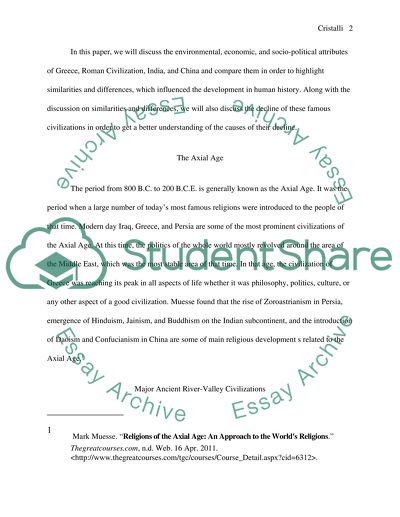Cite this document
(“Civilizations Essay Example | Topics and Well Written Essays - 3750 words”, n.d.)
Retrieved from https://studentshare.org/family-consumer-science/1417036-civilizations
Retrieved from https://studentshare.org/family-consumer-science/1417036-civilizations
(Civilizations Essay Example | Topics and Well Written Essays - 3750 Words)
https://studentshare.org/family-consumer-science/1417036-civilizations.
https://studentshare.org/family-consumer-science/1417036-civilizations.
“Civilizations Essay Example | Topics and Well Written Essays - 3750 Words”, n.d. https://studentshare.org/family-consumer-science/1417036-civilizations.


